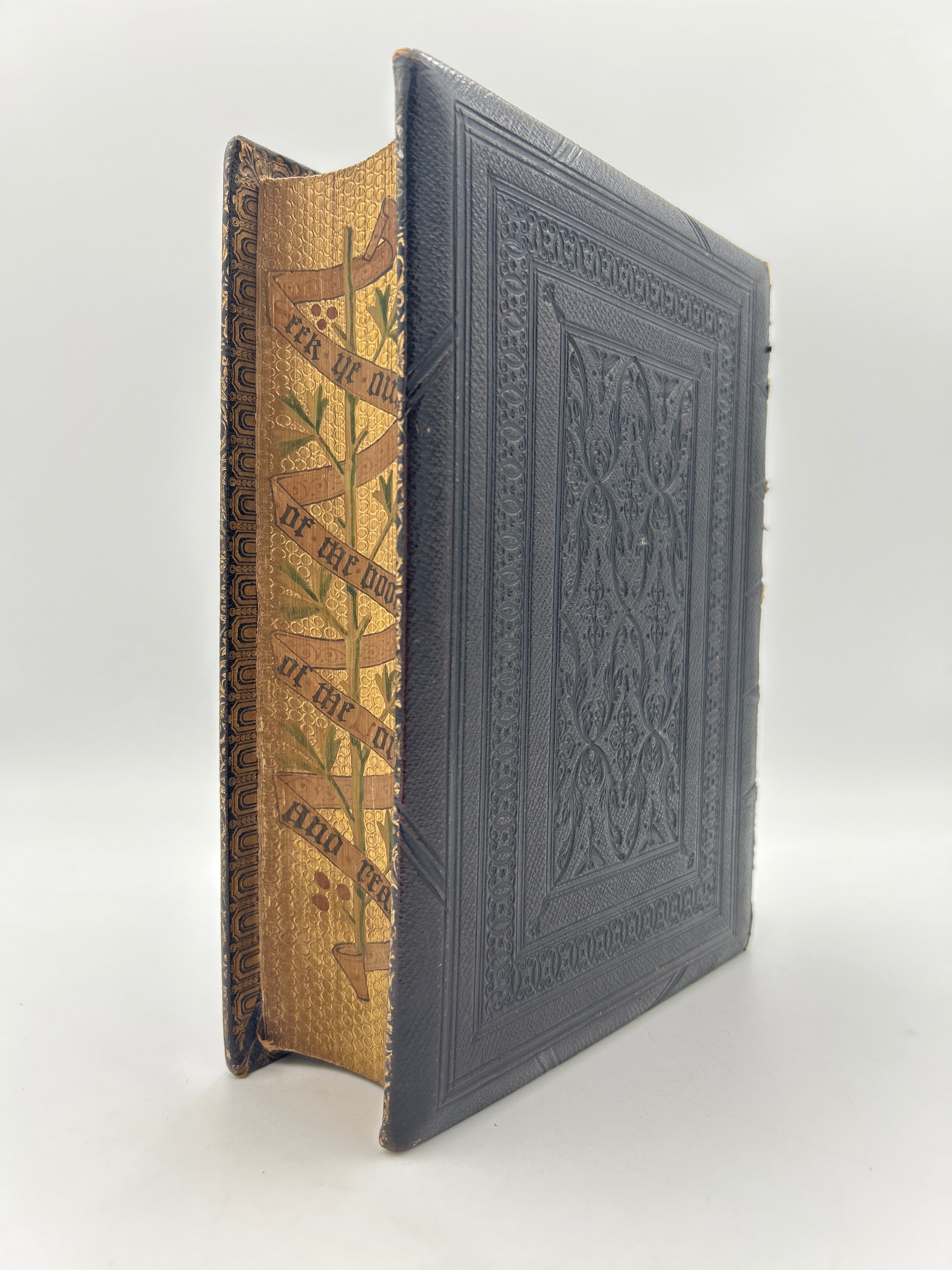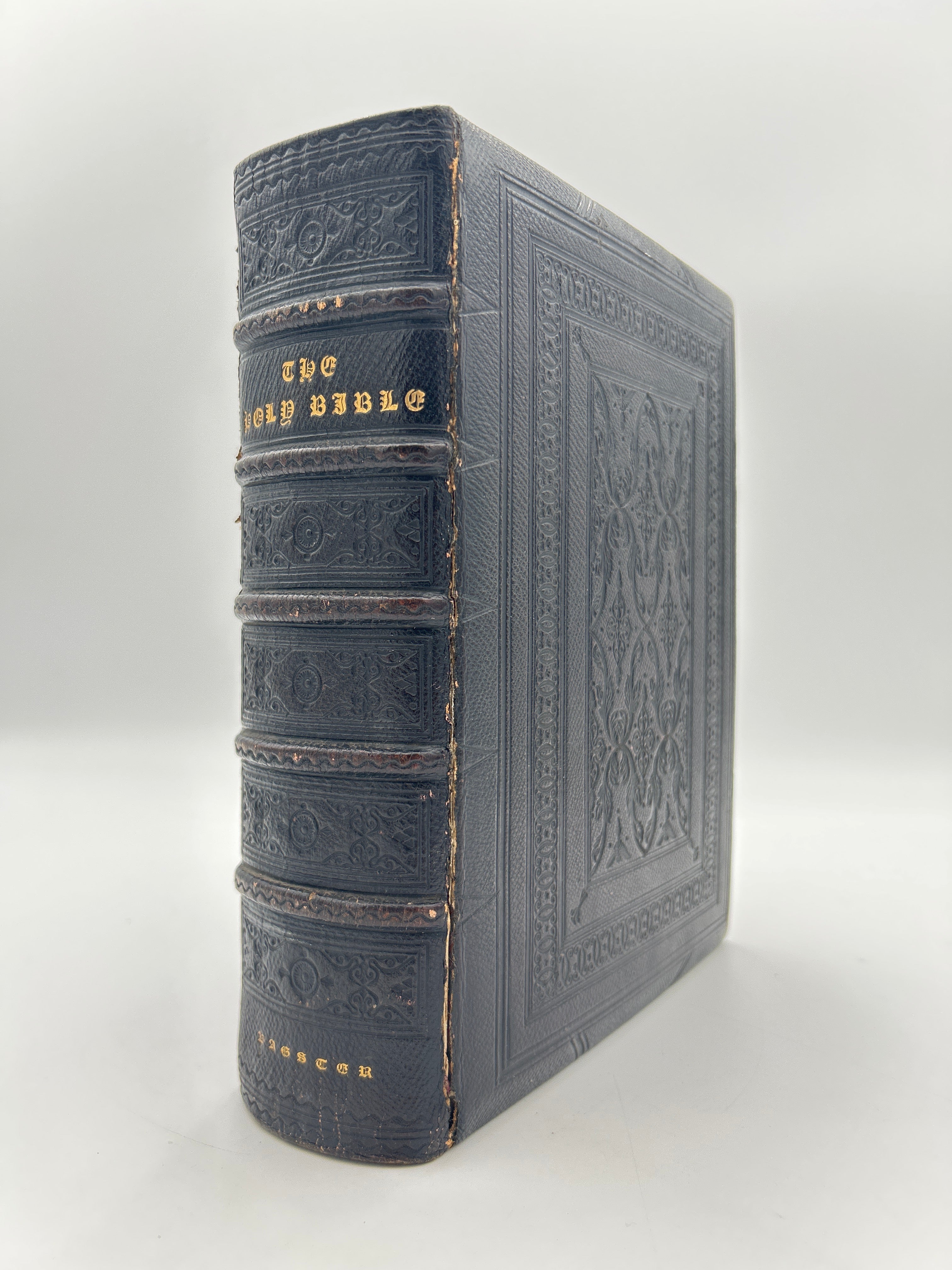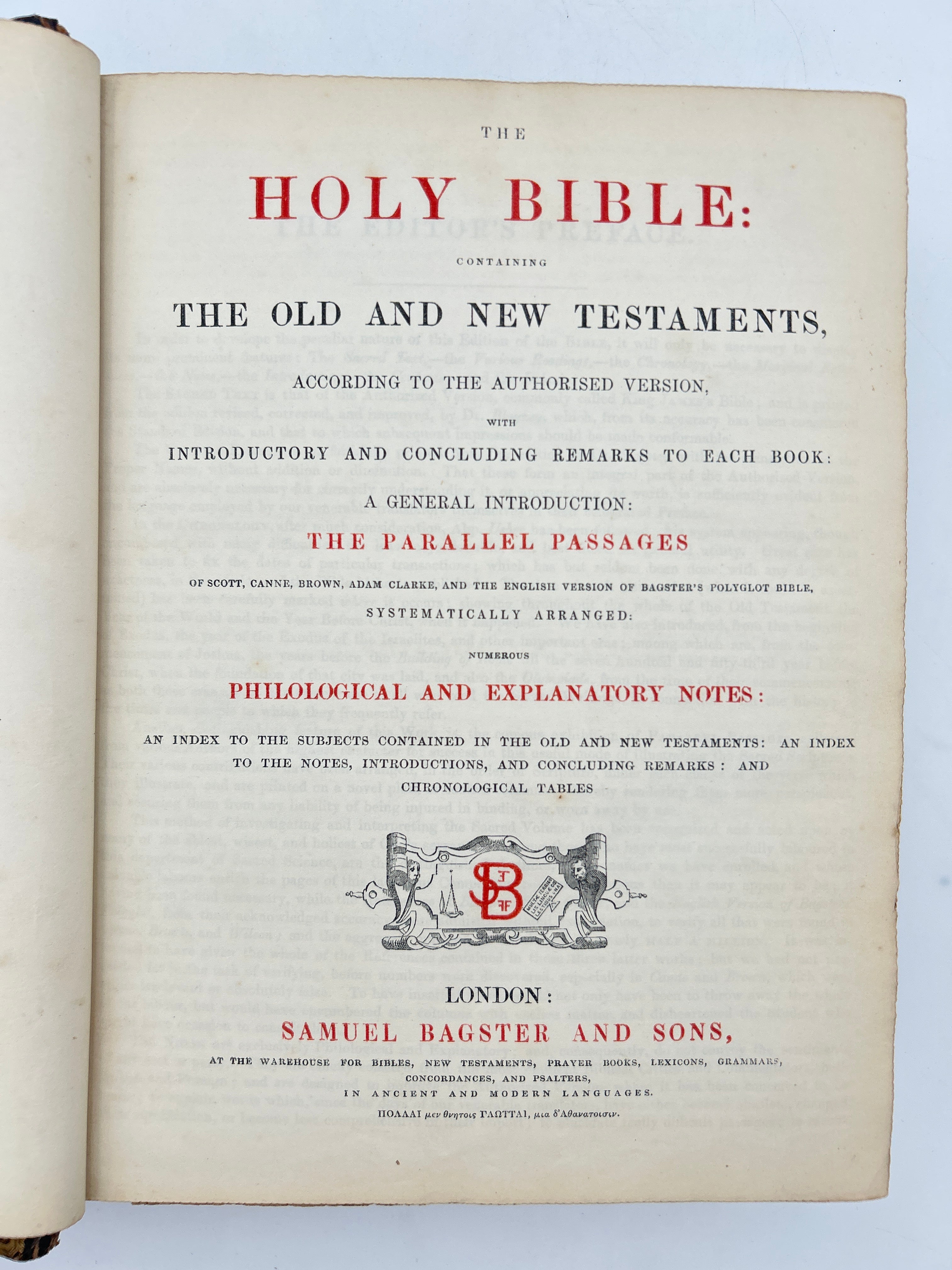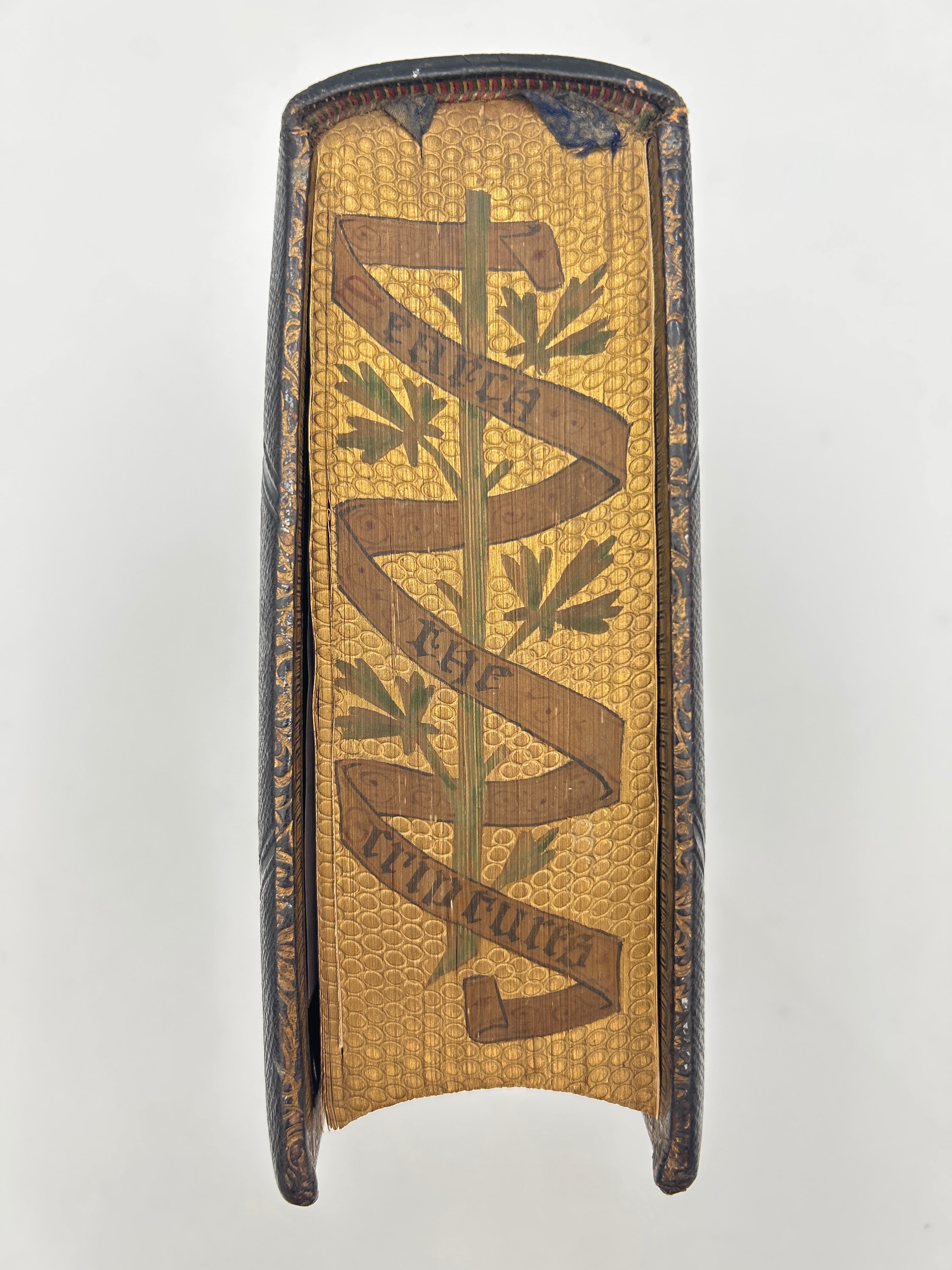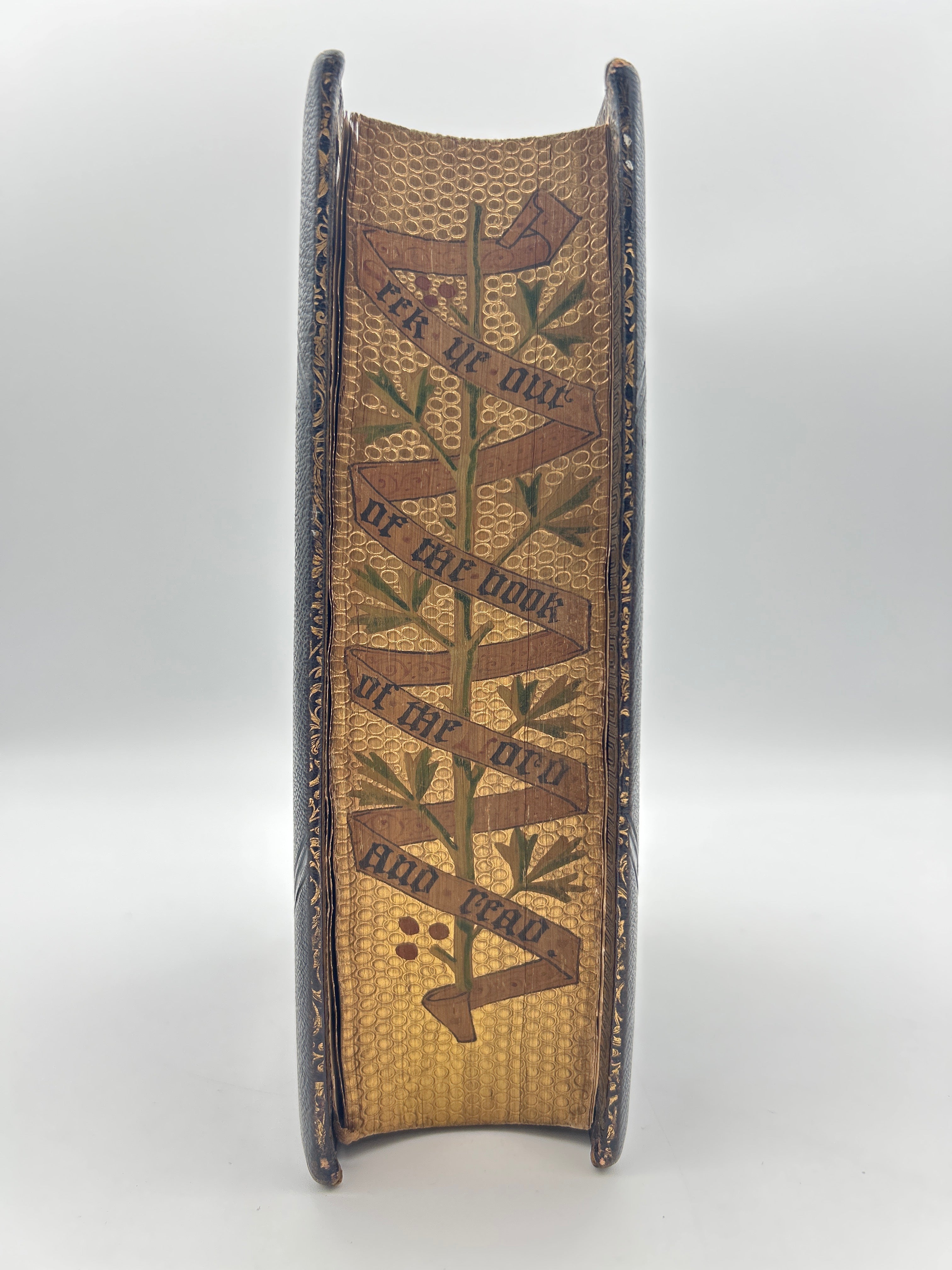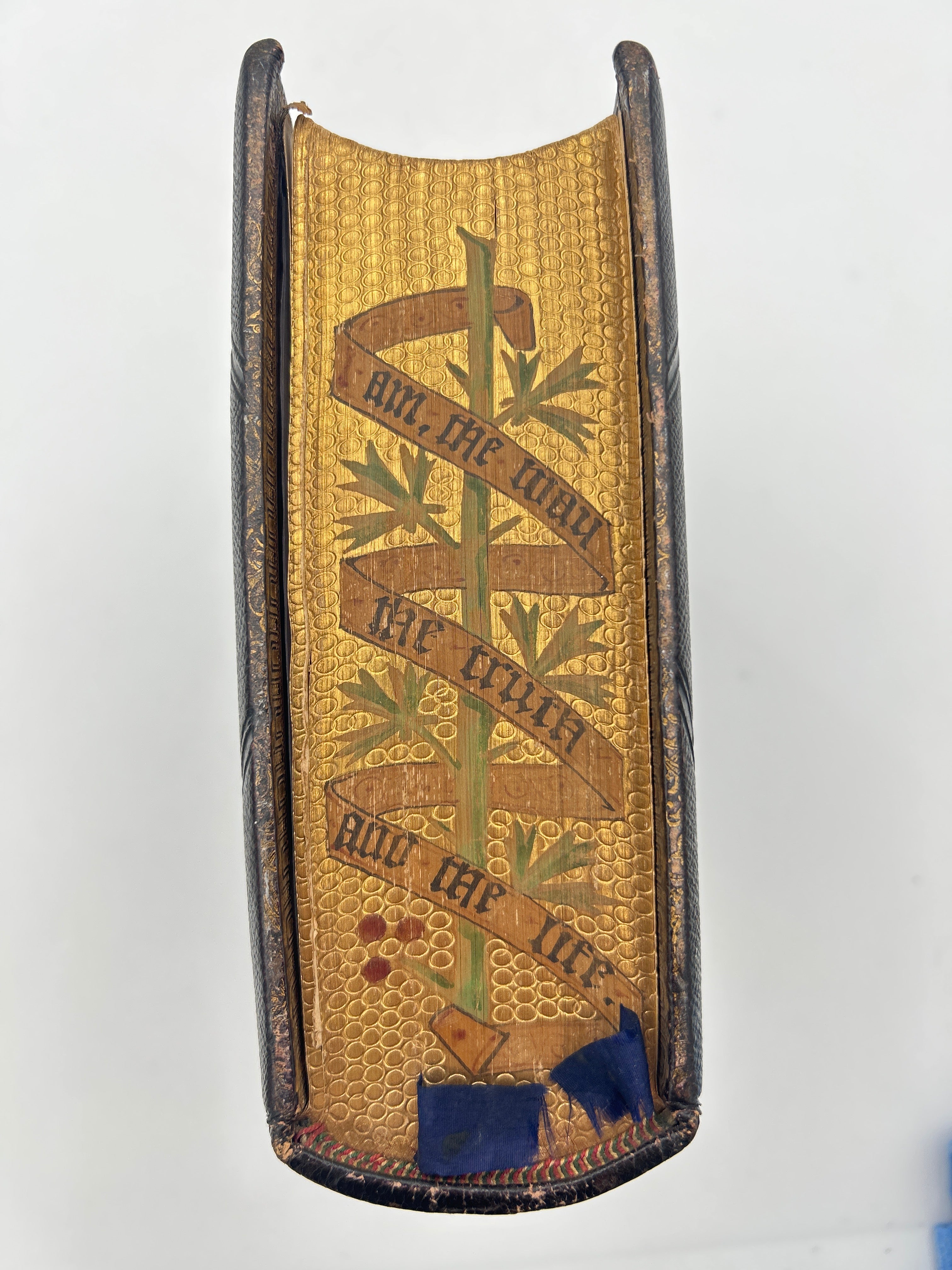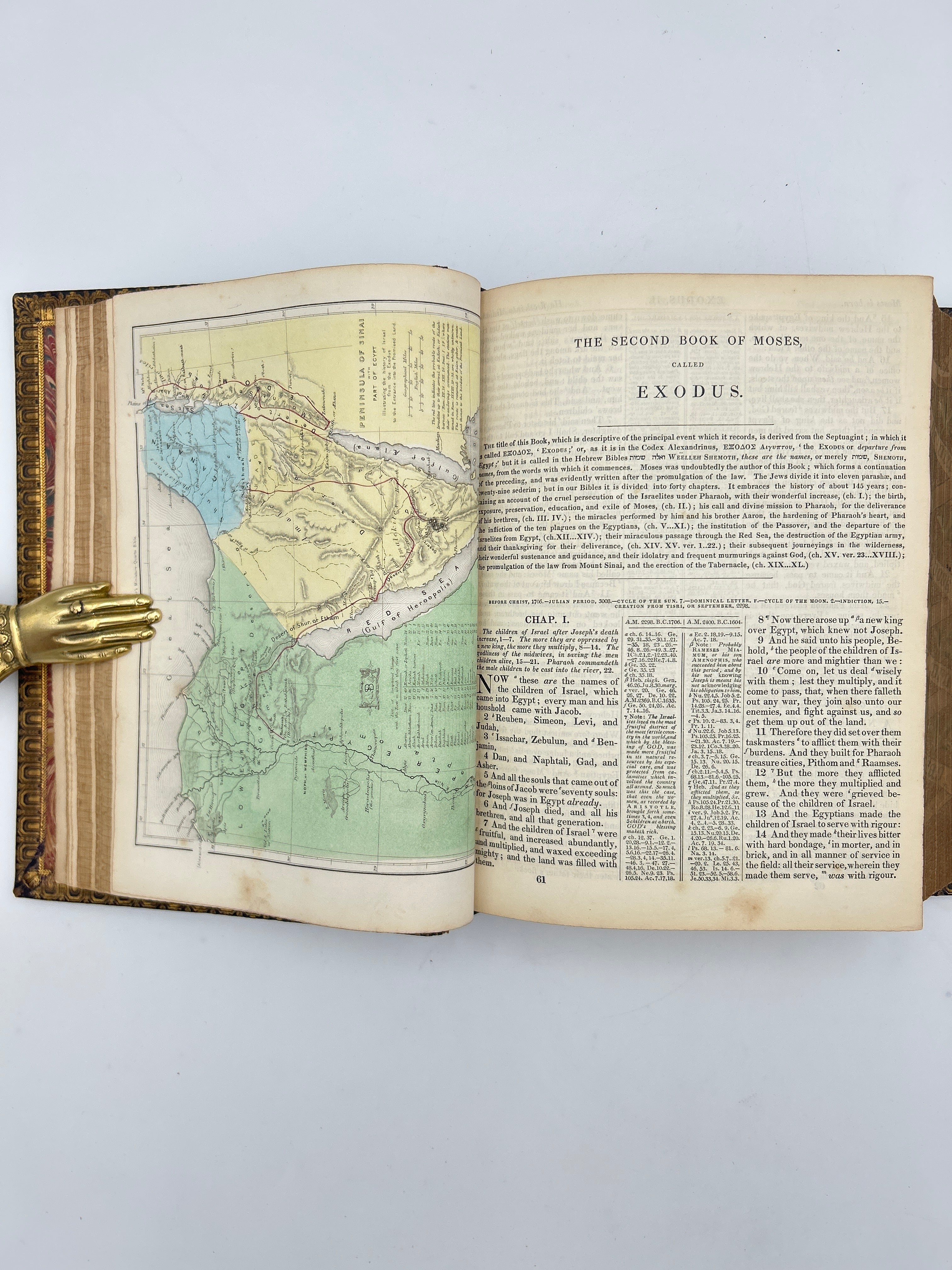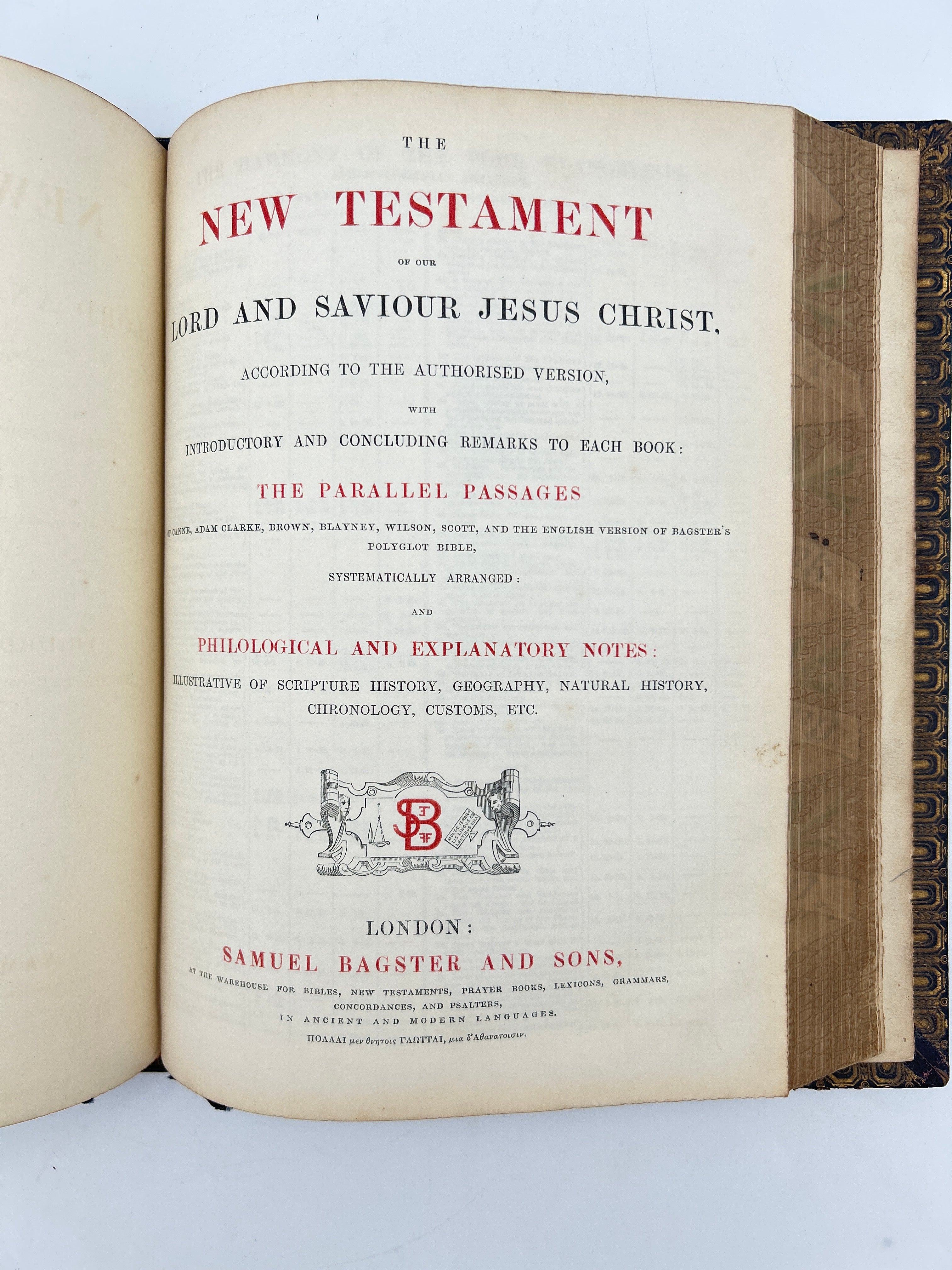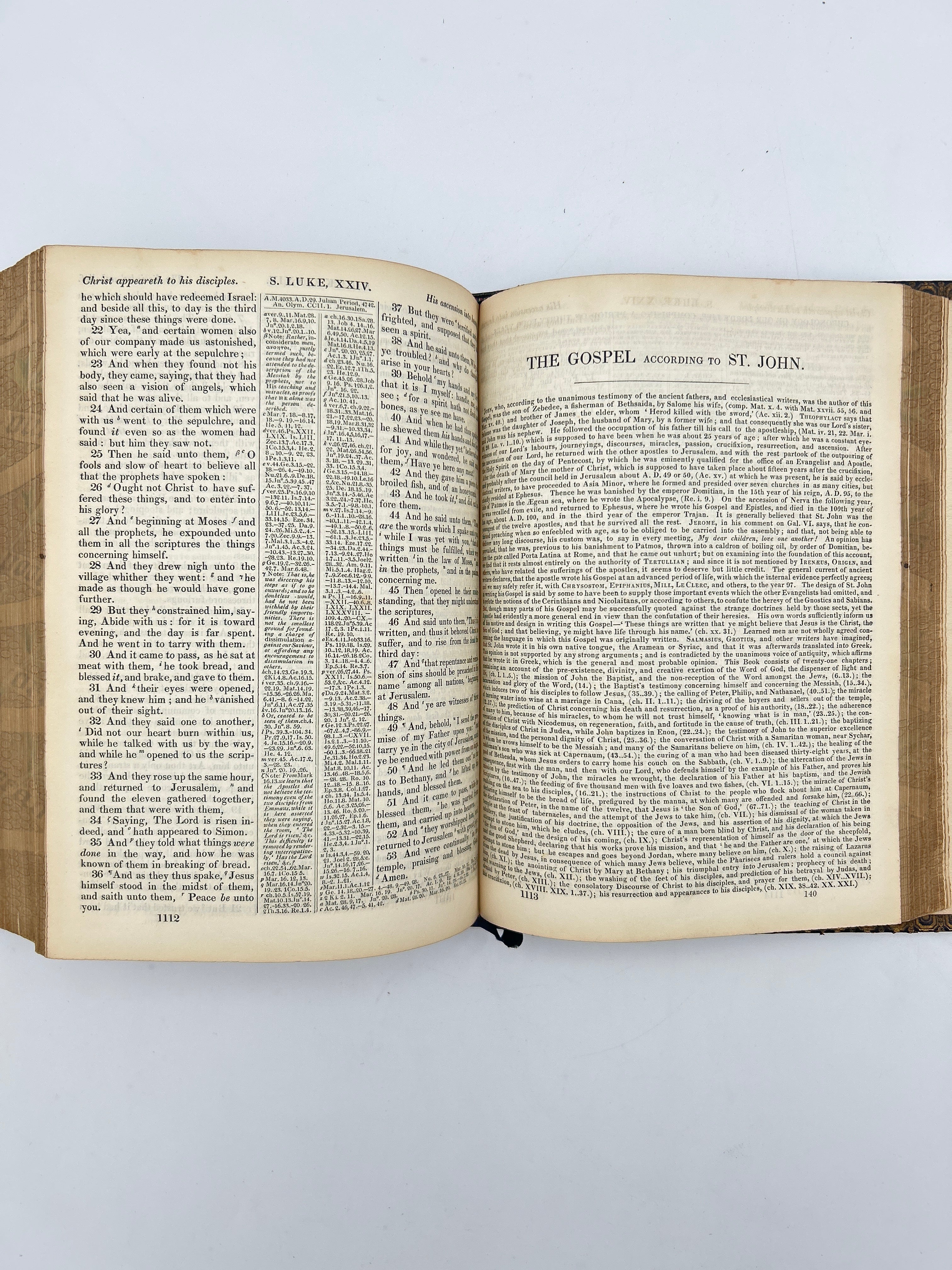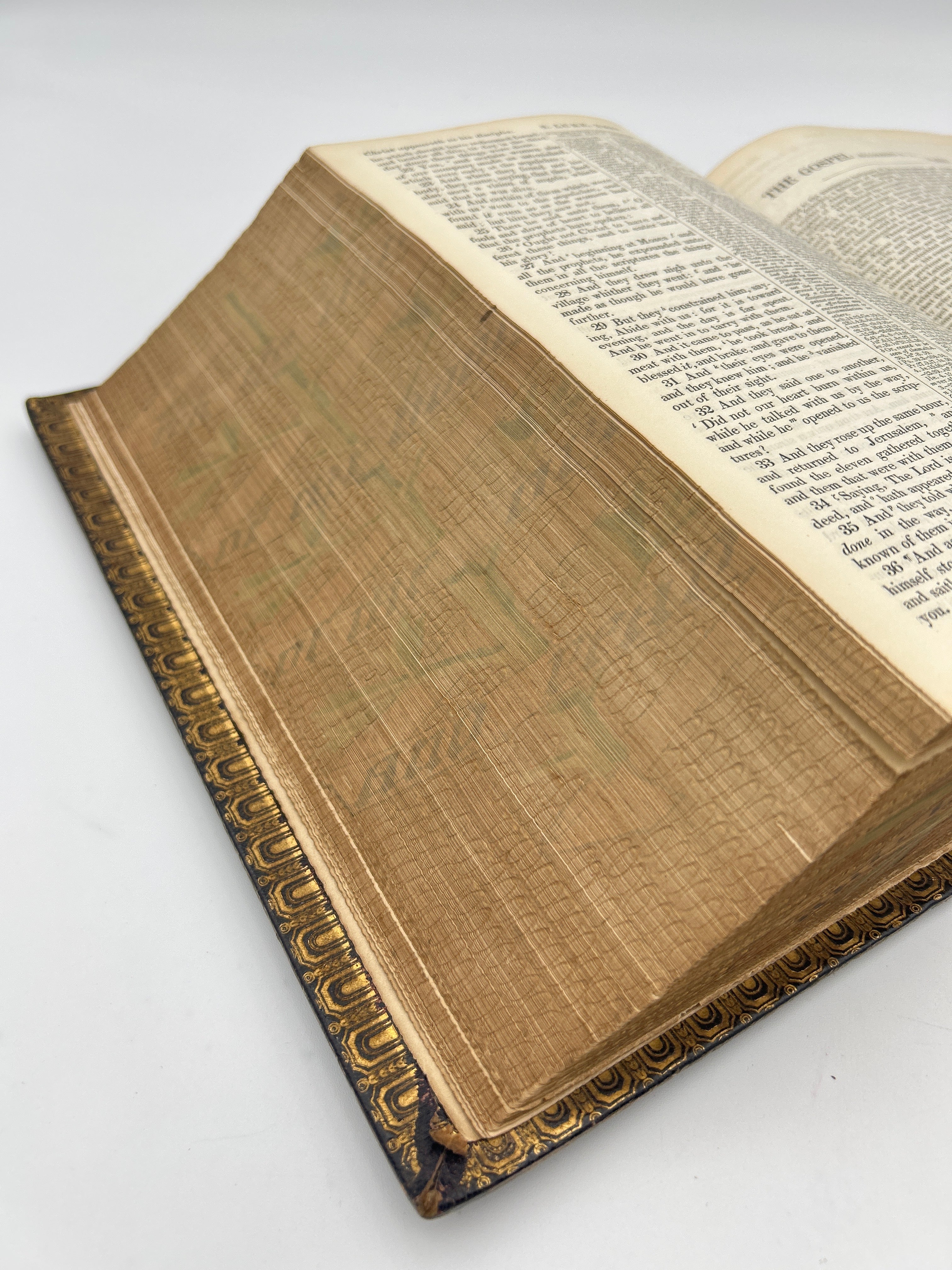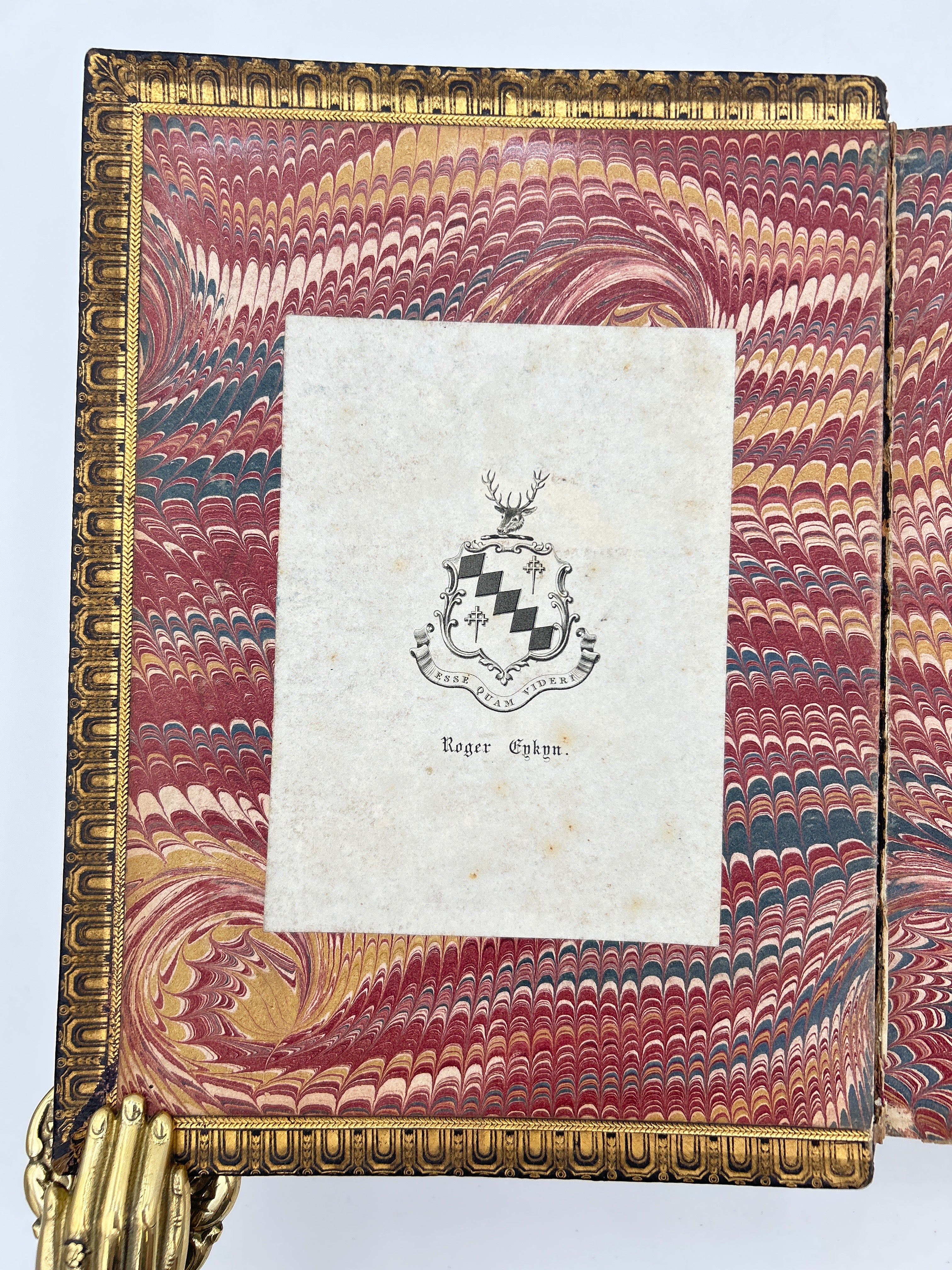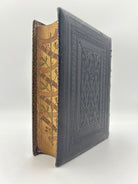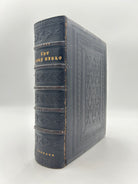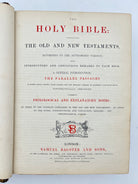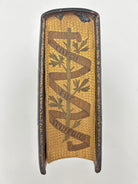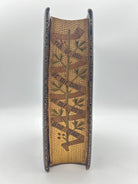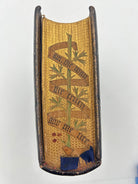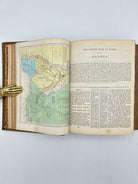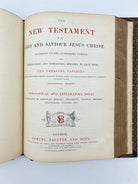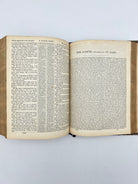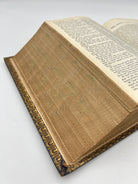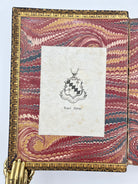Parallel Bible 1846
Couldn't load pickup availability
5B Holy Bible with Introductory and concluding remarks to each book: a general introduction: the parallel pages of Scott, Canne, Brown, Adam Clark, and the English version of Baxter’s polyglot Bible. London: Samuel Bagster, 1846.
Notes
In the 1840s, Samuel Bagster and Sons became renowned for producing beautifully crafted editions of the Holy Bible, aimed at scholars, ministers, and serious readers of Scripture. Established in London in the early 19th century, Bagster’s publishing house specialized in high-quality Bibles, often printed in multiple languages or with extensive reference features. His 1840s editions were typically bound in fine leather with gilded edges and came in a range of sizes—from pocket-sized to large family Bibles. Bagster was particularly known for his “Polyglot Bibles,” which placed the text in parallel columns of different languages, as well as for editions containing comprehensive marginal references and annotated reading plans. These Bibles reflect the growing Victorian-era emphasis on both personal devotion and biblical scholarship, blending beauty, durability, and depth of study in a single volume.
Samuel Bagster was the first of published more portable and less expensive polyglot Bibles. His 1816 English version of the polyglot Bible was the first to appear, and he continued to print a wide range of Bibles of which this would have been one of the last.
Description
Black Morocco lavishly decorated in blind stamping. Five raised bands, decorated and blind and lettered in gilt. Gilt turn ins. Marbled and papers and gauffered edges. Edges are illustrated with leafy branches around which are scrolls. The scroll on the top edge reads “search the scriptures “on the bottom edge “I am the way the truth and the life “and on the four edge “see out of the book of the Lord and read. “ Some shelfwear and cracking to joints. Front pastedown armoirial book plate of Roger Eykyn pastedown has label of Francis E.B. Witts. The front free endpaper has inscription “For Roger and Minnie from their affectionate sister Ada. December 1858.” Adhered to the back of the Bible is a letter from George Schlotel dated 15th October 1854 sent from Essex Lodge addressed to his daughter “My Dear Mini” written on the anniversary of her marriage to Roger Eykyn. Roger Eykyn was later to become a Liberal Party politician.
